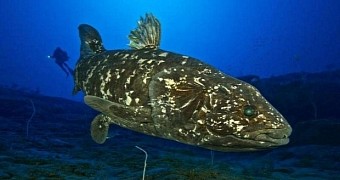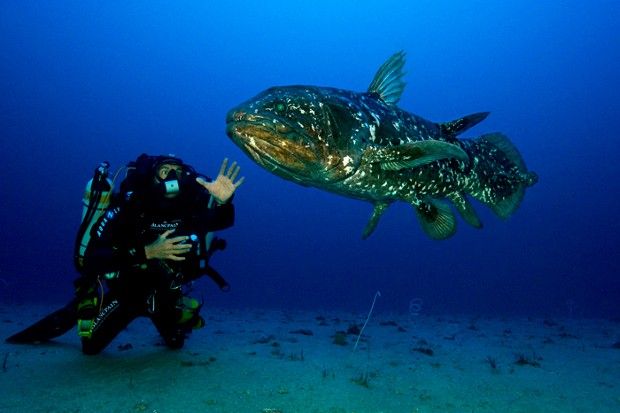Coelacanths, an order of fish that emerged around 400 million years ago, were until not long ago believed to have gone extinct some 66 million years back, in the late Cretaceous. In 1938, however, they were rediscovered off the coast of South Africa.
Now, a paper published this Tuesday in the science journal Nature Communications describes an anatomical quirk that hints at what the ancestors of modern coelacanths looked like.
As in turns out, the coelacanths that roam Earth's oceans in this day and age carry a lung in their abdomen. The organ begins to form when they are still embryos but doesn't grow enough to become functional. Rather, it is a vestigial organ, researchers say.
It might be that evolution has made it obsolete, but odds are that, when coelacanths first emerged on our planet, the creatures did use this lung to breathe and keep themselves alive. These days, modern coelacanths rely on gills to get the oxygen they need.
“Our results demonstrate the presence of a potentially functional, well-developed lung in the earliest known coelacanth embryo, and its arrested growth at later ontogenetic stages, when the lung is clearly vestigial,” specialists write in the journal Nature Communications.
Presently, just two coelacanth species are known to science, Latimeria chalumnae and Latimeria menadoensis. The fish can grow to measure 2 meters (6.5 feet) in length and weigh around 90 kilograms (200 pounds).

 14 DAY TRIAL //
14 DAY TRIAL // 

